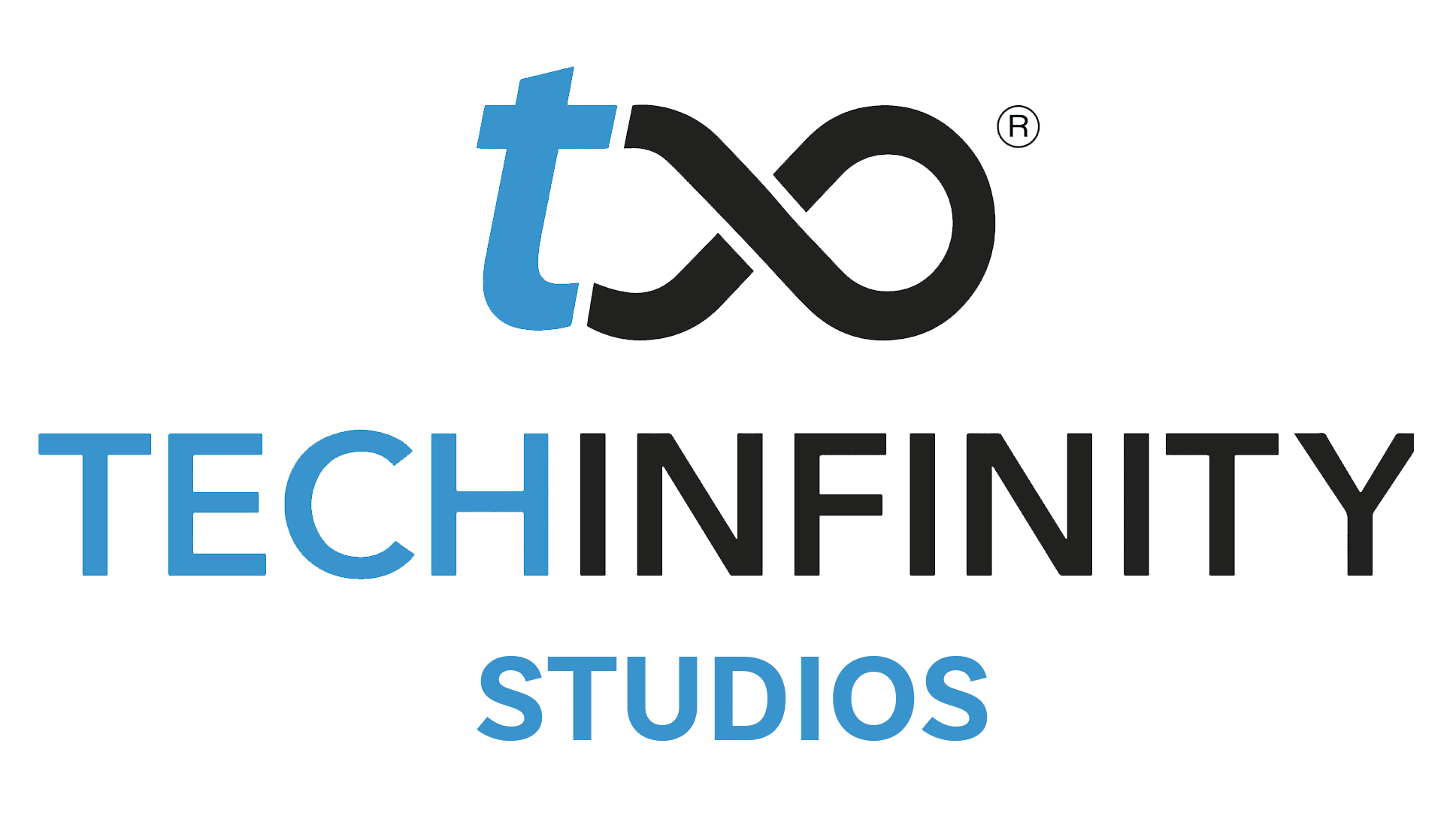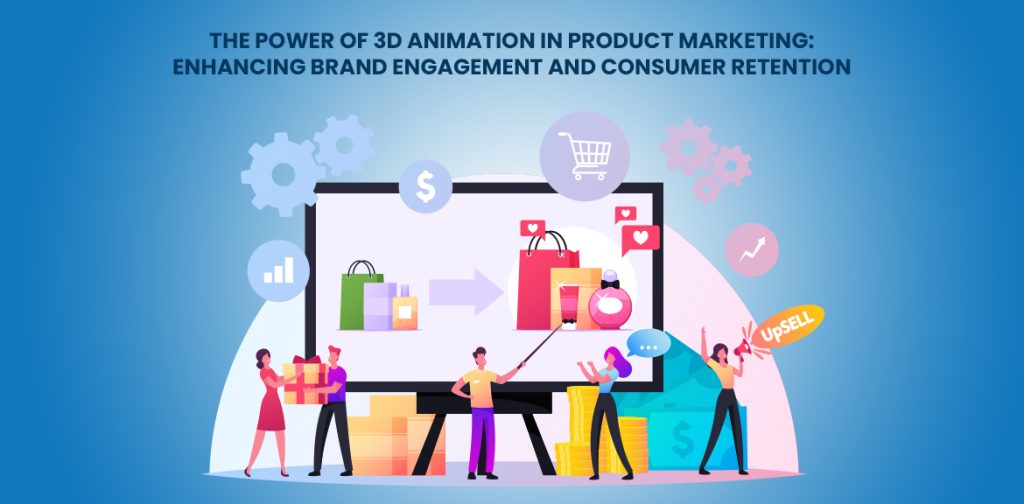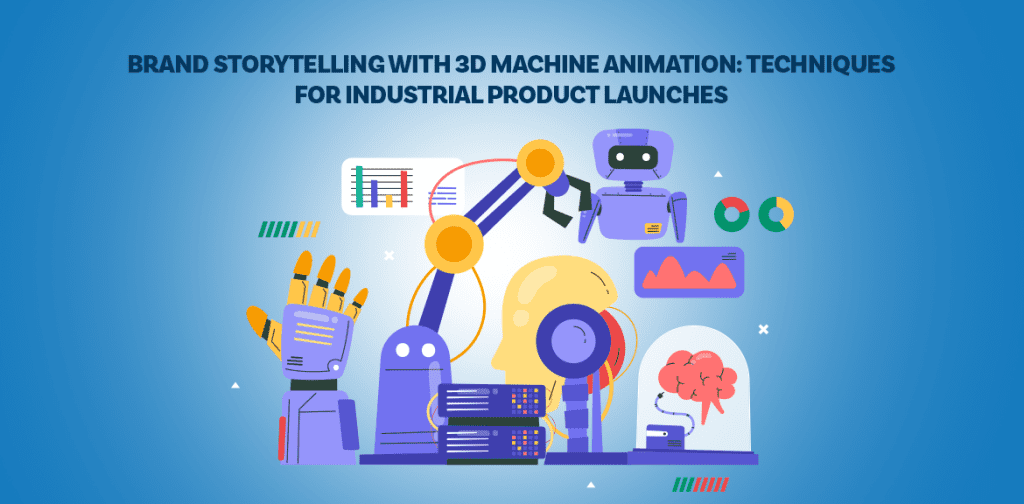Product visualization is at the heart of how brands, manufacturers, and designers bring their ideas to life for customers. In 2025, the fusion of artificial intelligence (AI) and automation is reshaping the landscape, making product visualization more efficient, accurate, and creative than ever before. For any product visualization studio, embracing these changes is essential to stay ahead in a highly competitive market.
What Is Product Visualization?
At its core, product visualization is the process of creating digital representations of products—often in the form of photorealistic images, animations, or interactive 3D models. These visualizations are used for everything from e-commerce listings and marketing campaigns to virtual reality (VR) showrooms and augmented reality (AR) experiences. The goal is to showcase products in a way that is compelling, informative, and true to life.
Traditionally, product visualization required skilled 3D artists, designers, and technical experts to painstakingly model, texture, light, and render each product. This process could take days or even weeks for a single item, especially when dealing with complex designs or high volumes of products.
The AI Revolution in Product Visualization
AI-driven automation is now transforming every stage of the product visualization workflow. Let’s explore how these advancements are redefining the industry:
1. Accelerated 3D Model Creation
One of the most significant impacts of AI is the speed at which 3D models can now be created. AI-powered tools can generate detailed 3D models from sketches, CAD files, or even photographs. For a product visualization studio, this means:
- Rapid prototyping: Designers can quickly visualize new product ideas without waiting for manual modeling.
- Batch processing: Multiple products can be modeled simultaneously, streamlining catalog updates or new launches.
- Error reduction: AI algorithms can identify and correct common modeling mistakes, ensuring that models are accurate and ready for visualization.
2. Smart Material and Texture Generation
Applying the right materials and textures is crucial for realistic product visualization. AI tools analyze product references and automatically generate or suggest suitable textures, finishes, and colors. This automation offers several benefits:
- Consistency: Every product visualization maintains the same level of quality and brand alignment.
- Speed: What once took hours can now be accomplished in minutes, freeing up artists to focus on creative details.
- Customization: AI can generate variations for different markets, colorways, or special editions, making it easier to personalize visual assets.
3. Automated Scene Composition and Lighting
Setting up the perfect scene for a product—choosing backgrounds, arranging lighting, and selecting camera angles—used to be a time-consuming task. AI-driven automation now enables studios to:
- Generate multiple scene options: AI can create a variety of backgrounds and environments tailored to different audiences or platforms.
- Optimize lighting: Intelligent algorithms adjust lighting setups for maximum realism and visual appeal.
- Preview in real-time: Designers can instantly see how a product looks in different settings, making it easier to choose the best visuals for marketing or e-commerce.
4. Enhanced Quality Control and Compliance
Quality assurance is critical in product visualization, especially for industries with strict regulatory requirements. AI-powered tools can automatically scan 3D assets for:
- Technical errors: Missing textures, incorrect dimensions, or geometry issues.
- Brand compliance: Ensuring logos, colors, and design elements match brand guidelines.
- Accessibility: Generating alt text or AR/VR descriptions for inclusive experiences.
This automation reduces the risk of costly mistakes and ensures that every visualization meets the highest standards.
5. Scalable and Personalized Content Creation
With AI, product visualization studios can easily scale their output to meet growing demand. For example:
- E-commerce: Generate thousands of product images for different angles, colors, and configurations.
- AR/VR: Create interactive 3D models that customers can explore in real-time.
- Marketing: Produce lifestyle images and animations tailored to specific campaigns or audiences.
AI-driven automation also enables personalization, allowing brands to create customized visual experiences for individual customers or target segments.
Real-World Impact: Case Studies and Results
The impact of AI-driven automation in product visualization is already visible across various industries:
- Furniture brands are using AI to create digital twins of their products, enabling customers to preview items in their own homes via AR before making a purchase.
- Automotive companies leverage AI-generated 3D models and animations to showcase new vehicles online, reducing the need for physical prototypes and photoshoots.
- Consumer electronics brands use AI to quickly update product visuals for new releases, color options, or limited editions, ensuring their marketing materials are always up to date.
These innovations lead to faster time-to-market, reduced costs, and improved customer engagement.
The Human Touch: Where Creativity Meets Technology
While AI-driven automation brings remarkable speed and efficiency, the human element remains vital. The best product visualization studios use AI as a tool to enhance their creative process, not replace it. Designers and artists still make the final decisions on style, mood, and storytelling, ensuring that each visualization aligns with the brand’s message and values.
AI handles repetitive or technical tasks, freeing up creative professionals to focus on innovation, storytelling, and emotional impact. This synergy between human creativity and AI-driven automation is where the true magic of modern product visualization happens.
Challenges and Considerations
Despite its many advantages, AI-driven automation in product visualization comes with challenges:
- Accuracy: AI-generated models must be carefully reviewed for precision, especially for technical or regulated products.
- Brand uniqueness: Over-reliance on AI can result in generic visuals. Customization and creative input are essential to maintain a distinctive brand identity.
- Data security: Using proprietary designs with AI tools requires careful management to protect intellectual property and sensitive information.
The Future of Product Visualization
Looking ahead, the future of product visualization is bright. AI will continue to evolve, offering even more sophisticated tools for real-time rendering, predictive design, and immersive experiences. Product visualization studios that embrace AI-driven automation will be well-positioned to deliver stunning, effective visual content that captivates audiences and drives business success.
In summary:
AI-driven automation is transforming product visualization by making workflows faster, smarter, and more scalable. For any product visualization studio, the blend of AI technology and creative expertise is unlocking new possibilities and setting the stage for the next generation of digital product experiences. By combining the power of AI with human creativity, studios can deliver visuals that are not only accurate and efficient but also engaging and memorable—ensuring they stand out in a crowded marketplace.


